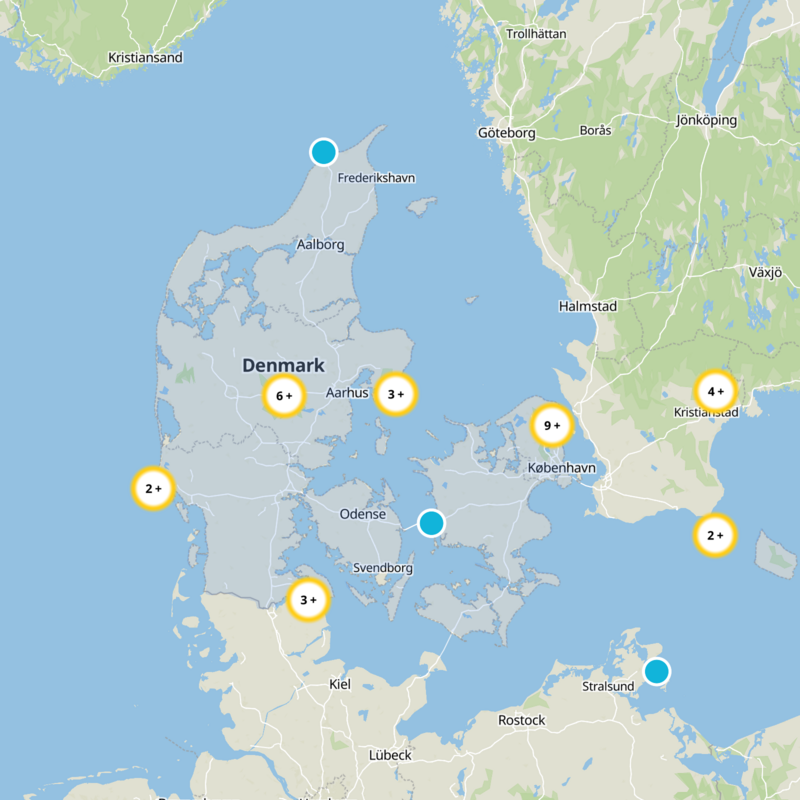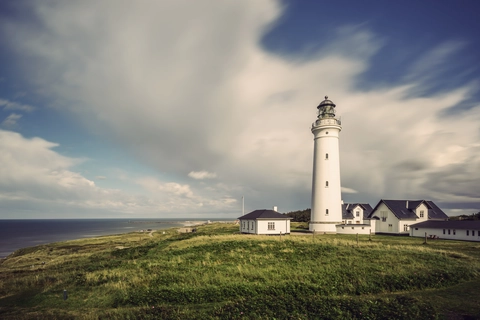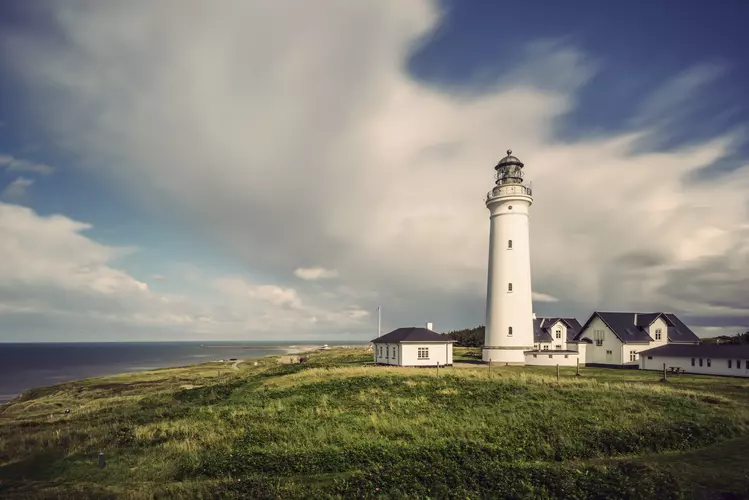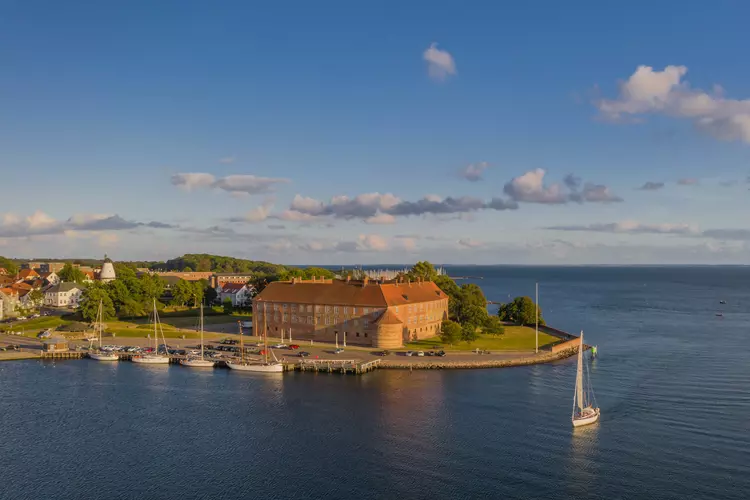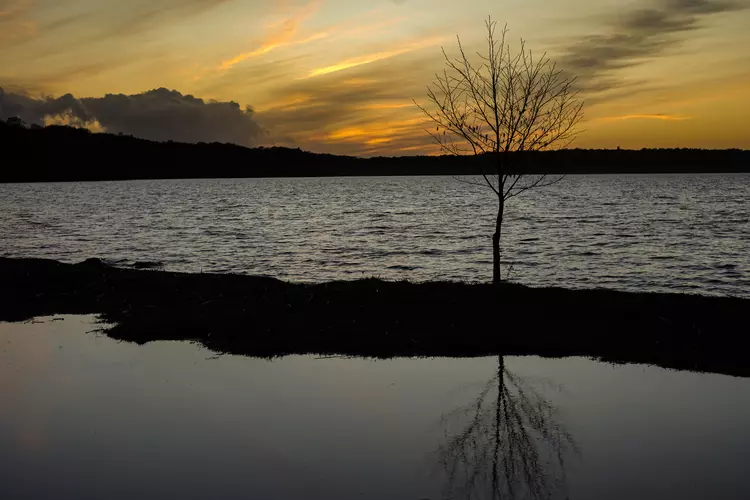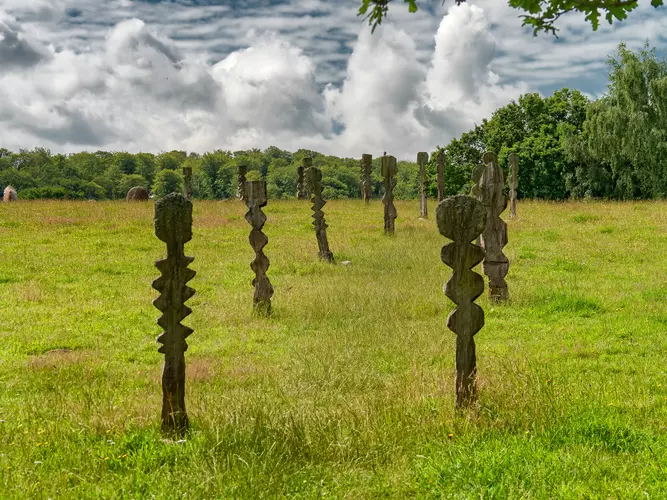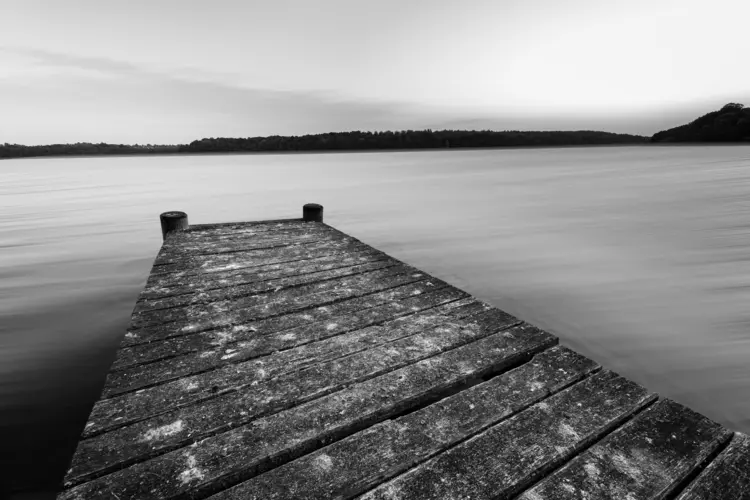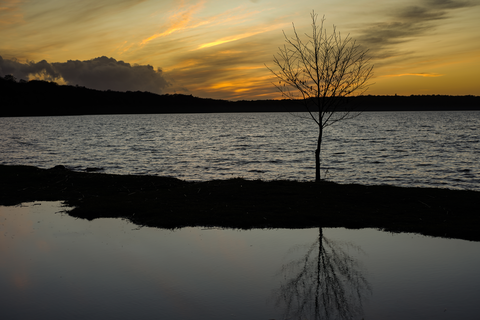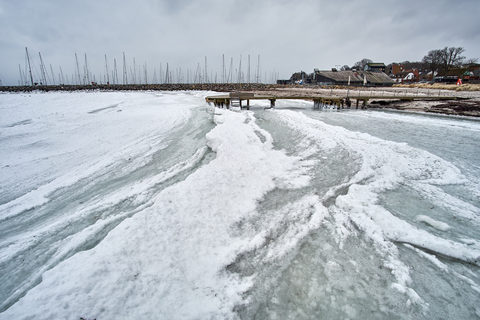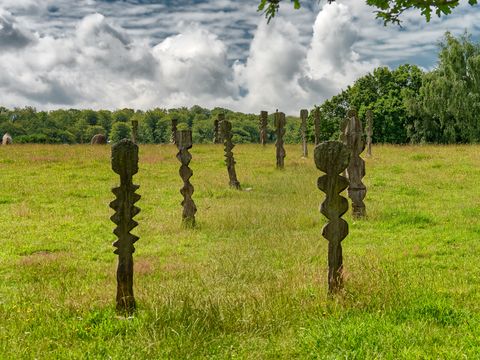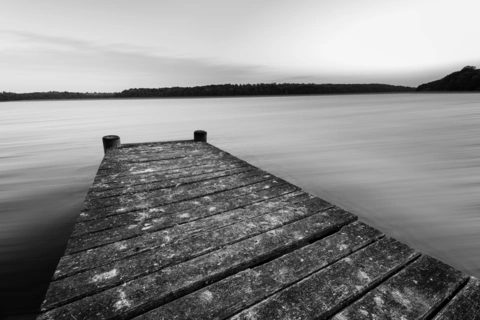"Discover Denmark's serene landscapes and coastal beauty through enchanting hikes rich in history and nature."
Denmark, a hidden gem for hikers, offers a tapestry of serene landscapes and coastal beauty. Explore the enchanting Mols Bjerge National Park with its rolling hills and ancient burial mounds, or wander through the lush forests of Rold Skov. The breathtaking cliffs of Møns Klint provide a dramatic backdrop for coastal hikes, while the tranquil paths of Bornholm island offer a unique blend of nature and history. Denmark's trails promise a peaceful escape, rich in natural beauty and cultural heritage.
Most popular hikes
FAQs about hiking in Denmark

The mild summers (June to August), with maximum temperatures typically around 20°C, are great for exploring Denmark's forests, coastline, and sand dunes without the burden of oppressive heat. However, it's the busiest season, and hikers may encounter crowded trails. The autumn months (September to November) are cool and wet, yet the country's fall foliage is a visual feast for hiking enthusiasts.
Winter (December to February) presents a different hiking ambiance, with colder temperatures, shorter days, and occasional snowfall. Although it may not be the prime hiking season, the tranquility and stark beauty of the landscapes can still charm those adequately prepared for the chilly weather. For year-round information on Denmark's weather, consult the Danish Meteorological Institute's website [here](https://www.dmi.dk/en/vejr/).





